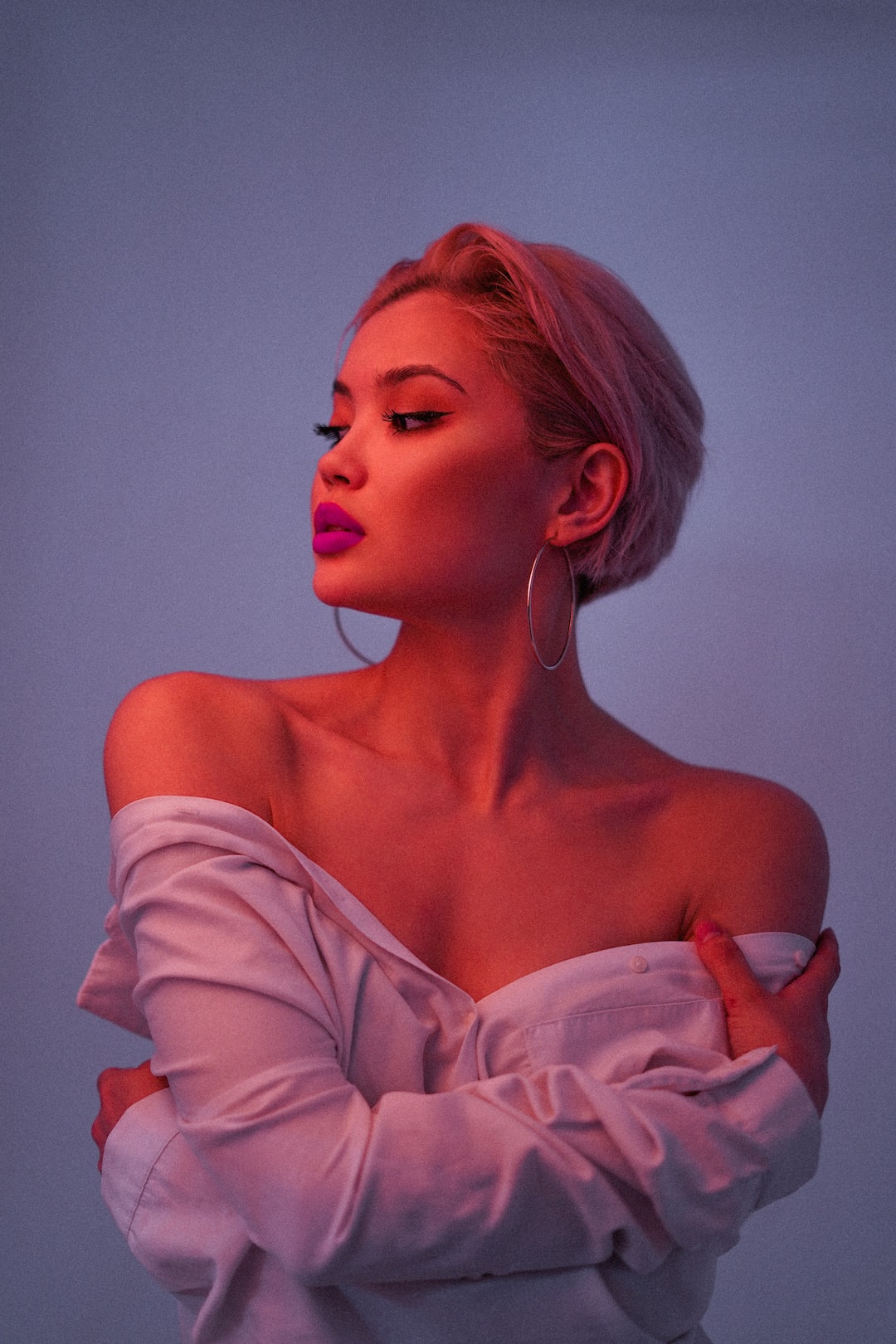How to Master the Art of Mixing Colors in Your Outfits
Fashion is not just about choosing clothes that suit your body type and style – it’s also about experimenting with colors. When it comes to creating a stylish and eye-catching outfit, mastering the art of color mixing is essential. With the right combination of colors, you can elevate your fashion game and express your personality through your outfits. If you’re ready to take your fashion skills to the next level, follow these tips to master the art of mixing colors in your outfits.
1. Understand the Color Wheel:
The first step to mastering color mixing is understanding the color wheel. The color wheel is a tool that showcases the relationship between various colors. It consists of primary, secondary, and tertiary colors, and understanding how they interact is the key to creating harmonious outfits. Take some time to study the color wheel and familiarize yourself with the basic color combinations.
2. Stick to a Limited Color Palette:
When you’re new to color mixing, it’s best to start with a limited color palette. Choose one or two colors as your main focal points and then incorporate neutral colors to balance the outfit. For example, pair a pair of bright red pants with a white top and beige accessories. This approach allows you to experiment with colors without overwhelming your outfit.
3. Try Complementary Colors:
Complementary colors are colors that are opposite each other on the color wheel, such as blue and orange or red and green. These color combinations create a striking contrast and are visually appealing. Experiment with complementary colors in your outfits. For instance, pair a yellow blouse with purple pants for a bold and vibrant look. Remember to balance the intensity of the complementary colors to avoid overwhelming your outfit.
4. Experiment with Analogous Colors:
Analogous colors are colors that are adjacent to each other on the color wheel, such as blue and green or red and orange. These color combinations create a harmonious and pleasing effect. To incorporate analogous colors into your outfit, choose one dominant color and then add smaller accents of the adjacent colors. For example, pair a navy blue dress with a mint green cardigan and gold accessories for a sophisticated look.
5. Use a Pop of Color:
If you prefer a more subtle color mixing approach, add a pop of color to your outfit. Choose a neutral or monochromatic base and then add a vibrant color as an accent. This can be done through accessories like bags, shoes, or statement jewelry. For instance, a black and white outfit can be instantly elevated with a pop of red heels or a vibrant yellow clutch.
6. Pay Attention to Texture:
When mixing colors, also consider the texture of your clothing. Different textures can have a significant impact on how colors appear together. Experiment with mixing smooth fabrics with textured pieces to create depth and interest in your outfit. A silky blouse paired with a tweed skirt or a leather jacket can take your color mixing to the next level.
Mastering the art of mixing colors in your outfits takes time and experimentation. Don’t be afraid to try new combinations and embrace your creativity. With these tips, you’ll be able to create stylish and visually captivating outfits that reflect your personal style and leave a lasting impression. So go ahead, unleash your inner color artist and let your fashion choices speak volumes about your personality.


